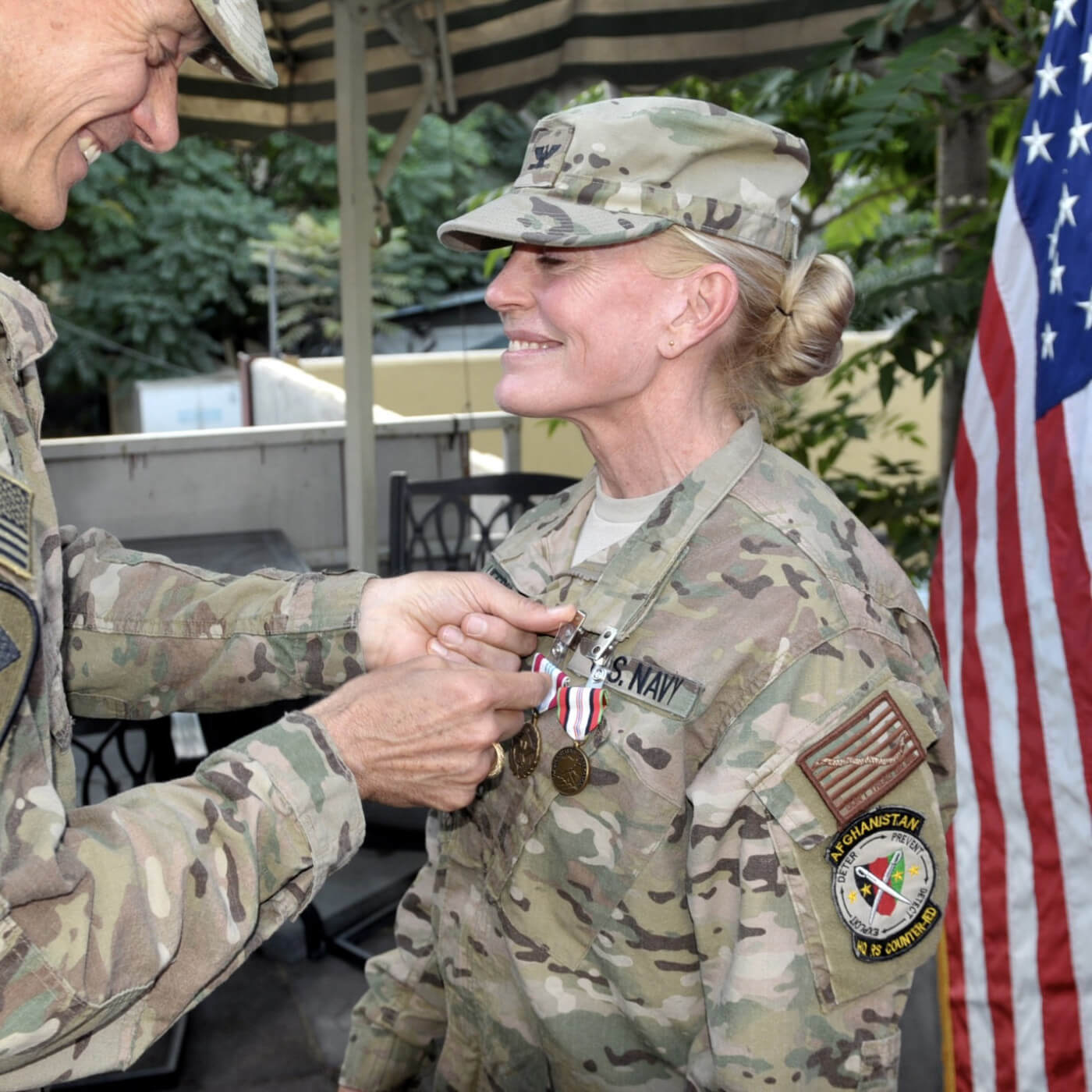Written by Lauren James Budhu
From the battlefields of the American Revolution to the deserts to the waters of the Persian Gulf, women have been serving in the military in one way or another for more than 200 years. But, did you know that even though women had served in the United States military in both World Wars and even the Civil War as nurses, spies and soldiers dressed as men, legislation formally allowing women in the military wasn’t passed until 1948? And did you know that women were finally allowed to military service academies in the 1970s and were only allowed to fly on combat missions in the 1990s?
Women have had to overcome tons of obstacles over many decades to get where they are today– serving in greater numbers in combat roles and in leadership positions across the world. To celebrate their service, Armed Forces Day is Saturday, May 20. Unlike Veteran’s Day, which honors those who served our nation at war; and unlike Memorial Day, which honors those who died wearing the cloth of our nation at war, Armed Forces Day is the proper day to honor all of the men and women currently serving, as well as those who have served and sacrificed to defend our freedom.
While today’s military has become much more integrated along gender lines, just 16 percent of the total force is women. It’s the highest it’s ever been, but not high enough. Women in the military also suffer high rates of sexual assault from their male colleagues, in addition to mental disorders. A study of service members in 2007-2016 published in the Armed Forces Health Surveillance Branch's Medical Surveillance Monthly Report in March 2018 found that rates of mental health diagnoses were higher among females than males for adjustment disorders, anxiety disorders, post traumatic stress disorder (PTSD), and depressive disorders.
To address the issues of inequity and underrepresentation of women in the military, writers Lori Robinson and Michael E. O’Hanlon of the article “Women Warriors: The ongoing story of integrating and diversifying the American armed forces,” said American armed forces should recruit from a broader pool– more than 60 percent of the Army recruits come from military families. It’s important to look at the barriers that keep women from pursuing actual military service, such as having a family. Robinson and O’Hanlon go on to say that military career paths that offer opportunities for parents to return to the service after an extended absence should continue to be developed.
Sexual assault has largely been ignored over the years, with the Service Women’s Action Network (SWAN) raising the alarm. In 2016, the military had 6,172 reported sexual assaults, but the estimated rate in the military is more than twice that number — 58 percent of service members who reported an assault said they faced retaliation. In 2017, the group stood beside Sen. Kirsten Gillibrand as she reintroduced the Military Justice Improvement Act (introduced in 2013), which would take the decision to prosecute felonies, including sexual assaults, away from commanders who are at times the very perpetrators of the assaults, put instead in the hands of military prosecutors. As of 2023, the Defense Department has until the end of the year to create an independent special victim’s prosecution office, which is empowered to make decisions on filing charges and sending cases to trial without a commander’s sign-off.
So, how can you support our women in uniform? Celebrate Armed Forces Day on May 20, support the women in your life who serve, vote for people who support women, donate to Planned Parenthood locations near military bases, or donate to causes that support service women.
Thank you to all the service women who currently serve or who have served. We see you. We hear you!
Image: Captain Belinda Heerwagen of the US Navy, following her mission in Afghanistan working on the detection of IEDs. Kabul, Afghanistan - June 2016.


















